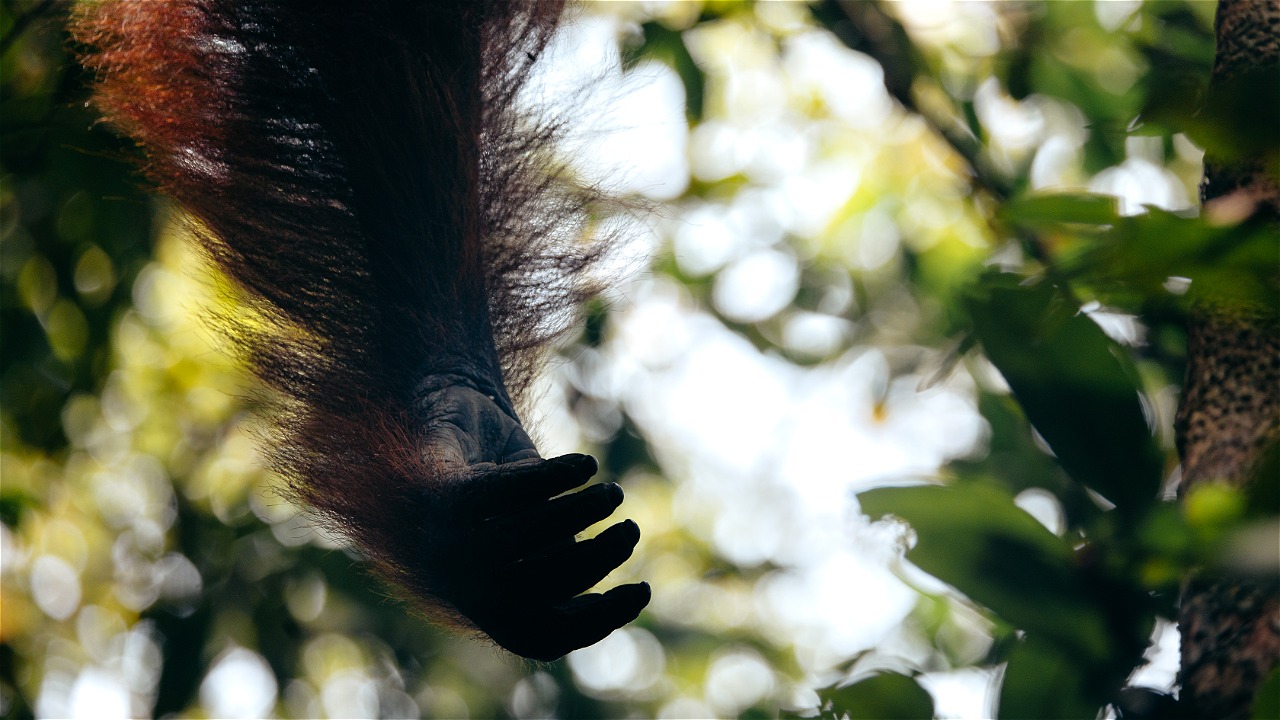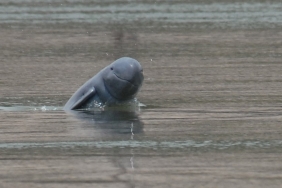JOIN THE DISCUSSION "LET'S #SAVEORANGUTANS"
Based on genetic studies of Bornean orangutans, three orangutan sub-species have been identified, namely Pongo pygmaeus pygmaeus found in northwest Borneo, Pongo pygmaeus wurmbii in central Borneo, and Pongo pygmaeus morio in northeast Borneo. Of the three Bornean orangutan sub-species, P.p. wurmbii is the sub-species with the largest relative body size, while P.p. morio is the sub-species with the smallest relative body size.
In 2004, scientists estimated that the total orangutan population on the island of Borneo, in both Indonesia and Malaysia, was around 54,000 individuals. Of the three Bornean orangutan sub-species, P.p. pygmaeus is the least endangered, with an estimated population of 3,000 to 4,500 individuals in West Kalimantan and a few in Sarawak, or less than 8% of the total Bornean orangutan population.
Some of the main threats faced by Bornean orangutans are habitat loss, illegal logging, forest fires, poaching and the pet trade. In the past decade, each year, at least 1.2 million ha of forest area in Indonesia has been used for large-scale logging activities, illegal logging, and forest conversion for agriculture, plantations, mining, and settlements. Recently, the world was shocked by the alarming news of an orangutan massacre in Puan Cepak village, Muara Kaman sub-district, Kutai Kartanegara, East Kalimantan. This sad fact was first revealed when a local East Kalimantan newspaper reported on the tragic case of orangutans killed in the area. The massacre allegedly occurred in 2009-2010.
So, what is the current condition of orangutans? What has WWF done to protect Bornean orangutans? What can the general public do to participate in saving this endangered species?
Join the "Let's #SaveOrangutans" discussion at @america, Tuesday, December 20, 2011. This event is a collaboration between WWF-Indonesia, The Borneo Orangutan Survival Foundation, and @america. .
This event is open to the public and is free of registration.





